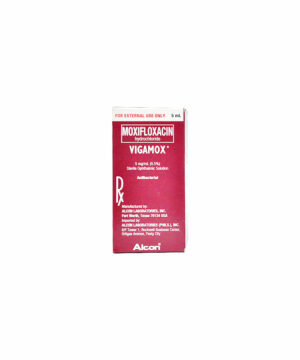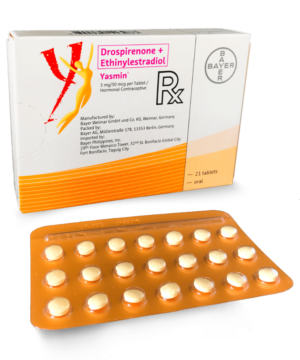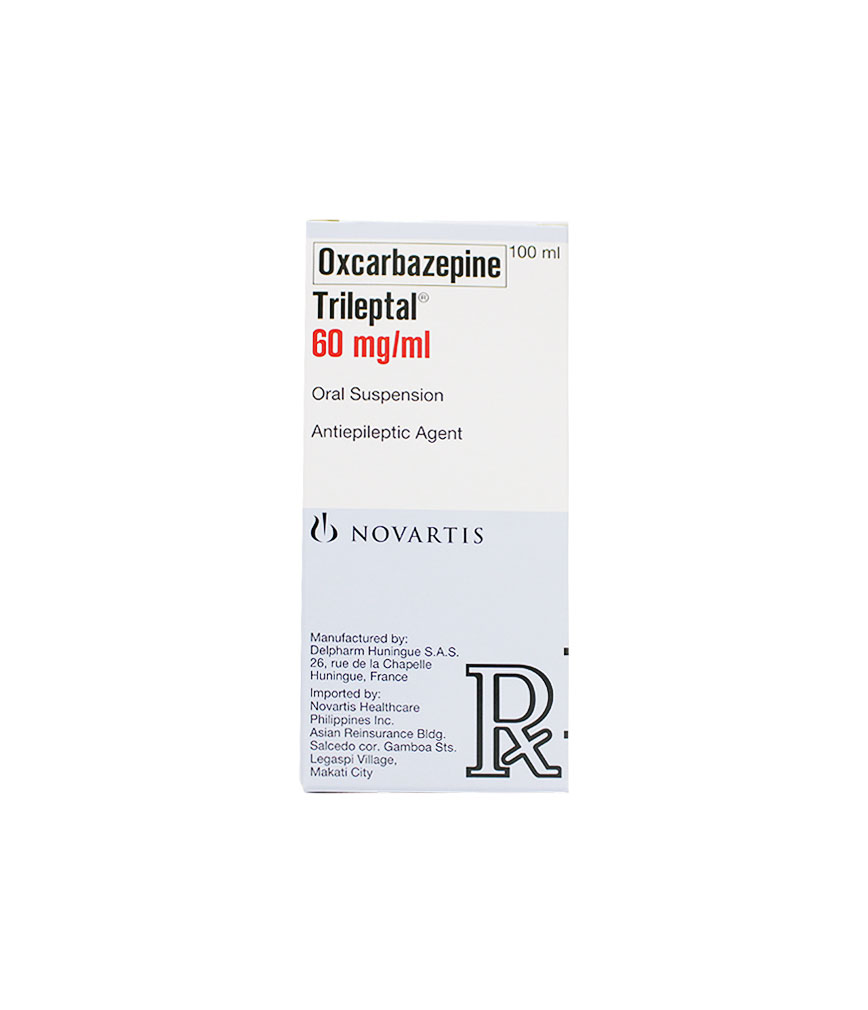Description
CATAFLAM 50MG TABLET
Description :
The active substance is potassium-[o-[(2,6-dichlorophenyl)-amino]-phenyl]-acetate (= diclofenac potassium).
Each sugar-coated tablet contains 25 mg or 50 mg of diclofenac potassium.
Diclofenac potassium (Cataflam) 25 mg tablet is an over-the-counter (OTC) preparation.
Indications / Uses :
Short-term treatment in the following acute conditions: Post-traumatic pain, inflammation and swelling, e.g. due to sprains; Post-operative pain, inflammation and swelling, e.g. following dental or orthopedic surgery; Painful and/or inflammatory conditions in gynecology, e.g. primary dysmenorrhea or adnexitis; Migraine attacks; Painful syndromes of the vertebral column; Non-articular rheumatism.
As an adjuvant in severe painful inflammatory infections of the ear, nose or throat, e.g. pharyngotonsillitis, otitis. In keeping with general therapeutic principles, the underlying disease should be treated with basic therapy, as appropriate. Fever alone is not an indication.
Administration :
Should be taken with food: Take immediately before meals.
Contraindications :
Known hypersensitivity to the active substance or any of the other excipients; Active gastric or intestinal ulcer, bleeding or perforation (see Precautions and Adverse Reactions); Last trimester of pregnancy (see Use in Pregnancy & Lactation); Hepatic failure; Renal failure; Severe cardiac failure (see Precautions).
Like other non-steroidal anti-inflammatory drugs (NSAIDs), diclofenac is also contraindicated in patients in whom attacks of asthma, urticaria, or acute rhinitis are precipitated by acetylsalicylic acid or other NSAIDs (see Precautions and Adverse Reactions).
Special Precautions :
Gastrointestinal effects: Gastrointestinal bleeding, ulceration or perforation, which can be fatal, have been reported with all NSAIDs, including diclofenac, and may occur at any time during treatment, with or without warning symptoms or a previous history of serious gastrointestinal events. They generally have more serious consequences in the elderly. If gastrointestinal bleeding or ulceration occurs in patients receiving Diclofenac Potassium (Cataflam), the medicinal product should be withdrawn.
As with all NSAIDs, including diclofenac, close medical surveillance is imperative and particular caution should be exercized when prescribing Diclofenac Potassium (Cataflam) in patients with symptoms indicative of gastrointestinal (GI) disorders or with a history suggestive of gastric or intestinal ulceration, bleeding or perforation (see Adverse Reactions). The risk of GI bleeding is higher with increasing NSAID doses and in patients with a history of ulcer, particularly if complicated with hemorrhage or perforation and in the elderly.
To reduce the risk of GI toxicity in patients with a history of ulcer, particularly if complicated with hemorrhage or perforation, and in the elderly, the treatment should be initiated and maintained at the lowest effective dose.
Combination therapy with protective agents (e.g. proton pump inhibitors or misoprostol) should be considered for these patients, and also for patients requiring concomitant use of medicinal products containing low-dose acetylsalicylic acid (ASA) or other medicinal products likely to increase gastrointestinal risk.
Patients with a history of GI toxicity, particularly the elderly, should report any unusual abdominal symptoms (especially GI bleeding). Caution is recommended in patients receiving concomitant medications which could increase the risk of ulceration or bleeding, such as systemic corticosteroids, anticoagulants, anti-platelet agents or selective serotonin-reuptake inhibitors (see Interactions).
Close medical surveillance and caution should also be exercized in patients with ulcerative colitis or Crohn’s disease, as their condition may be exacerbated (see Adverse Reactions).
Cardiovascular effects: Treatment with NSAIDs including diclofenac, particularly at high dose and in long term, may be associated with a small increased risk of serious cardiovascular thrombotic events (including myocardial infarction and stroke).
Treatment with Diclofenac Potassium (Cataflam) is generally not recommended in patients with established cardiovascular disease (congestive heart failure, established ischemic heart disease, peripheral arterial disease) or uncontrolled hypertension. If needed, patients with established cardiovascular disease, uncontrolled hypertension or significant risk factors for cardiovascular disease (e.g. hypertension, hyperlipidemia, diabetes mellitus and smoking) should be treated with Diclofenac Potassium (Cataflam) only after careful consideration and only at doses =100 mg daily when treatment continues for more than 4 weeks.
As the cardiovascular risks of diclofenac may increase with dose and duration of exposure, the lowest effective daily dose should be used for the shortest duration possible. The patient’s need for symptomatic relief and response to therapy should be re-evaluated periodically, especially when treatment continues for more than 4 weeks.
Patients should remain alert for the signs and symptoms of serious arteriothrombotic events (e.g. chest pain, shortness of breath, weakness, slurring of speech), which can occur without warnings. Patients should be instructed to see a physician immediately in case of such an event.
Hematologic effects: Use of Diclofenac Potassium (Cataflam) is recommended only for short-term treatment. If, however, Diclofenac Potassium (Cataflam) is used for a prolonged period, monitoring of the blood count is recommended, as with other NSAIDs.
Like other NSAIDs, Diclofenac Potassium (Cataflam) may temporarily inhibit platelet aggregation. Patients with defects of hemostasis should be carefully monitored.
Respiratory effects (Pre-existing asthma): In patients with asthma, seasonal allergic rhinitis, swelling of the nasal mucosa (i.e. nasal polyps), chronic obstructive pulmonary diseases or chronic infections of the respiratory tract (especially if linked to allergic rhinitis-like symptoms), reactions on NSAIDs like asthma exacerbations (so-called intolerance to analgesics/analgesics-asthma), Quincke’s edema or urticaria are more frequent than in other patients. Therefore, special precaution is recommended in such patients (readiness for emergency). This is applicable as well for patients who are allergic to other substances, e.g. with skin reactions, pruritus or urticaria.
Hepatobiliary effects: Close medical surveillance is required when prescribing Diclofenac Potassium (Cataflam) to patients with impaired hepatic function, as their condition may be exacerbated.
As with other NSAIDs, including diclofenac, values of one or more liver enzymes may increase. During prolonged treatment with Diclofenac Potassium (Cataflam), regular monitoring of hepatic function is indicated as a precautionary measure. If abnormal liver function tests persist or worsen, if clinical signs or symptoms consistent with liver disease develop, or if other manifestations occur (e.g. eosinophilia, rash), Diclofenac Potassium (Cataflam) should be discontinued. Hepatitis may occur with use of diclofenac without prodromal symptoms.
Caution is called for when using Diclofenac Potassium (Cataflam) in patients with hepatic porphyria, since it may trigger an attack.
Skin reactions: Serious skin reactions, some of them fatal, including exfoliative dermatitis, Stevens-Johnson syndrome and toxic epidermal necrolysis, have been reported very rarely in association with the use of NSAIDs, including Diclofenac Potassium (Cataflam) (see Adverse Reactions). Patients appear to be at highest risk of these reactions early in the course of therapy, the onset of the reaction occurring in the majority of cases within the first month of treatment. Diclofenac Potassium (Cataflam) should be discontinued at the first appearance of skin rash, mucosal lesions or any other sign of hypersensitivity.
As with other NSAIDs, allergic reactions, including anaphylactic/anaphylactoid reactions, can also occur in rare cases with diclofenac without earlier exposure to the drug.
Renal effects: As fluid retention and edema have been reported in association with NSAID therapy, including diclofenac, particular caution is called for in patients with impaired cardiac or renal function, history of hypertension, the elderly, patients receiving concomitant treatment with diuretics or medicinal products that can significantly impact renal function, and in those patients with substantial extracellular volume depletion from any cause, e.g. before or after major surgery (see Contraindications). Monitoring of renal function is recommended as a precautionary measure when using Diclofenac Potassium (Cataflam) in such cases. Discontinuation of therapy is usually followed by recovery to the pre-treatment state.
Interactions with NSAIDs: The concomitant use of Diclofenac Potassium (Cataflam) with systemic NSAIDs including cyclooxygenase-2 selective inhibitors, should be avoided due to the potential for additive undesirable effects (see Interactions).
Masking signs of infections: Like other NSAIDs, Diclofenac Potassium (Cataflam) may mask the signs and symptoms of infection due to its pharmacodynamic properties.
Geriatric patient: Caution is indicated in the elderly on basic medical grounds. In particular it is recommended that the lowest effective dosage be used in frail elderly patients or those with a low body weight














Reviews
There are no reviews yet.